I'm coding linear regression by using gradient descent. By using for loop not tensor.
I think my code is logically right, and when I plot the graph theta value and linear model seems to be coming out good. But the value of cost function is high. Can you help me?
The value of cost function is 1,160,934 which is abnormal.
def gradient_descent(alpha,x,y,ep=0.0001, max_repeat=10000000):
m = x.shape[0]
converged = False
repeat = 0
theta0 = 1.0
theta3 = -1.0
# J=sum([(theta0 +theta3*x[i]- y[i])**2 for i in range(m)]) / 2*m #######
J=1
while not converged :
grad0= sum([(theta0 +theta3*x[i]-y[i]) for i in range (m)]) / m
grad1= sum([(theta0 + theta3*x[i]-y[i])*x[i] for i in range (m)])/ m
temp0 = theta0 - alpha*grad0
temp1 = theta3 - alpha*grad1
theta0 = temp0
theta3 = temp1
msqe = (sum([(theta0 + theta3*x[i] - y[i]) **2 for i in range(m)]))* (1 / 2*m)
print(theta0,theta3,msqe)
if abs(J-msqe) <= ep:
print ('Converged, iterations: {0}', repeat, '!!!')
converged = True
J = msqe
repeat += 1
if repeat == max_repeat:
converged = True
print("max 까지 갔다")
return theta0, theta3, J
[theta0,theta3,J]=gradient_descent(0.001,X3,Y,ep=0.0000001,max_repeat=1000000)
print("************\n theta0 : {0}\ntheta3 : {1}\nJ : {2}\n"
.format(theta0,theta3,J))

